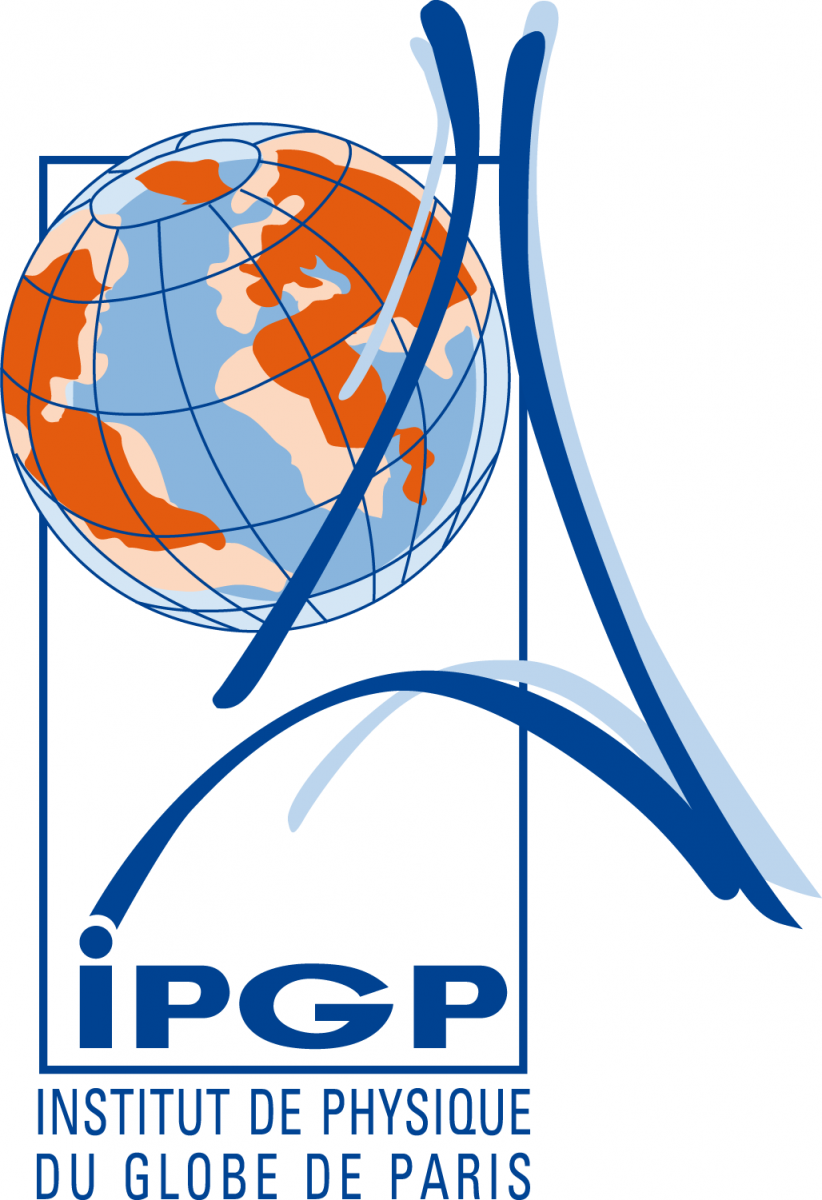The EGU General Assembly 2012 will bring together geoscientists from all over the world into one meeting covering all disciplines of the Earth, Planetary and Space Sciences. Especially for young scientists the EGU appeals to provide a forum to present their work and discuss their ideas with experts in all fields of geosciences.
http://meetings.copernicus.org/egu2012/
Abstract deadline: 17 January 2012
Application for financial support: 15 December 2011
Sessions of interest to InterRidge:
GD4.1/GMPV6.16
Mid-ocean ridge processes: melting and melt extraction from a heterogeneous mantle
Convener: R. Katz
Co-Conveners: A. Stracke, C.J. Lissenberg
Mid-ocean ridges are our best window into the upper mantle because of their relatively well-understood dynamics and their broad and continuous sampling through extraction of partial melts. They therefore provide the context to address a persistent challenge: understanding the mechanism of sampling, as well as the nature, origin and consequences of chemical heterogeneity in the mantle. Especially relevant are questions such as: what is the "initial condition" of the MOR mantle source? How do heterogeneities melt? How is magma extracted and mixed? How is the chemical signature of the mantle source transposed to the erupted basalts? This interdisciplinary session welcomes all contributions to answering these and related questions.
GMPV3.3/GD1.2/TS3.7 : Progress in our understanding of serpentinization and related processes
Conveners: M. Godard, M. Andreani, C. Garrido
Deadline for abstract submission: January 17, 2012
Hydration of mantle rocks, whether occurring at the seafloor or in the mantle wedge, results from/in strongly interconnected thermal, mechanical, mineralogical, and chemical processes, and contributes significantly to mass budgets of key chemical compounds (e.g. C, S, Fe, Cl…) from ocean ridges to subduction zones and back into the mantle. It can also sustain ecosystems whose primary energy sources are chemosynthetic. In this session, we encourage contributions ranging from field study (ophiolitic complexes, dredges or drilled samples and hydrothermal fields, among other settings), thermodynamic and numerical modeling to experimental work on serpentinization processes at mid-ocean ridges and in subduction zones. We also seek contributions on observational, theoretical and/or experimental studies on companion processes, in particular those related to C cycle such as carbonation of ultramafic rocks and their potential for CO2 sequestration in nature.
To submit an abstract please follow this link: http://meetingorganizer.copernicus.org/EGU2012/session/9663




